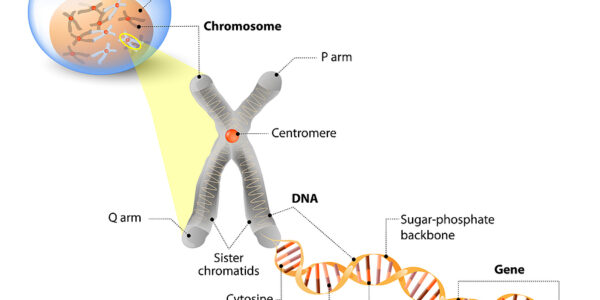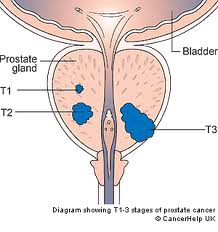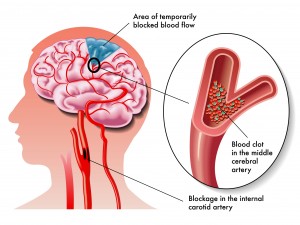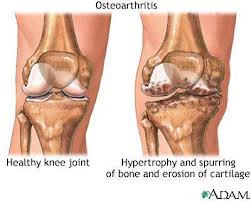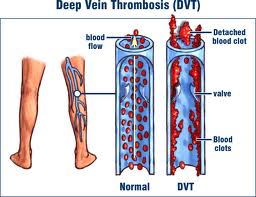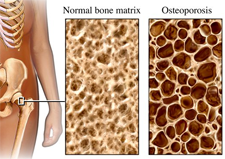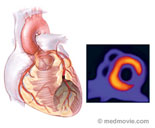According to an upcoming article in the December 15th issue of Cancer (Cancer 2003;98) a research group from the Harvard Medical School, Boston, under Dr. Brian Liu describes a micro-dissection method where prostatic tissue from 17 suspected cancer patients were examined with a spectroscopic method for a new protein marker, the cellular protein PCa-24). This was found to be positive in 16 of the 17 samples. In contrast, 12 patients with benign prostatic hyperplasia (also known as BPH or “benign prostatic hypertrophy”) showed no trace of this prostate cancer specific protein. As this protein is located inside the prostate cancer cell (it is a cellular protein), one has to obtain a tissue sample through a prostate biopsy. The group under Dr. Liu achieved this through laser capture micro-dissection Proteomics, which is the method that was used to characterize the prostate cancer specific protein (PCa-24), is briefly discussed under this link, but it is not necessary to understand all of the ramifications of these methods. What is important regarding the work by the group under Dr. Liu is to note that there is now a very reliable method available to distinguish between the harmless BPH condition and the deadly prostate cancer condition, which requires invasive therapy such as a radical prostatectomy. Both of these conditions can produce high prostate specific antigen (PSA) that can be detected in the blood. Dr. Liu’s group plans to develop antibodies to the PCa-24 protein so that eventually there will be a more specific blood test available that could be used in patients with high PSA levels to distinguish between benign and cancerous prostate conditions. In the future the physician might use the cheaper PSA screening test to screen for prostate abnormalities and use the more expensive antibody test against the PCa-24 protein that is being developed to determine whether or not prostate cancer might be the underlying cause.
Dr. Liu also wants to develop a high resolution body scan where in the case of metastatic prostate cancer the cancer cells would be located exactly where they are with a new imaging technique. These would have a high probability of being specific for prostate cancer, as the antibodies would be highly specific against the prostate cancer protein. Here is a link to the Net Health Book’s chapter on prostate cancer.
Last edited December 9, 2012

